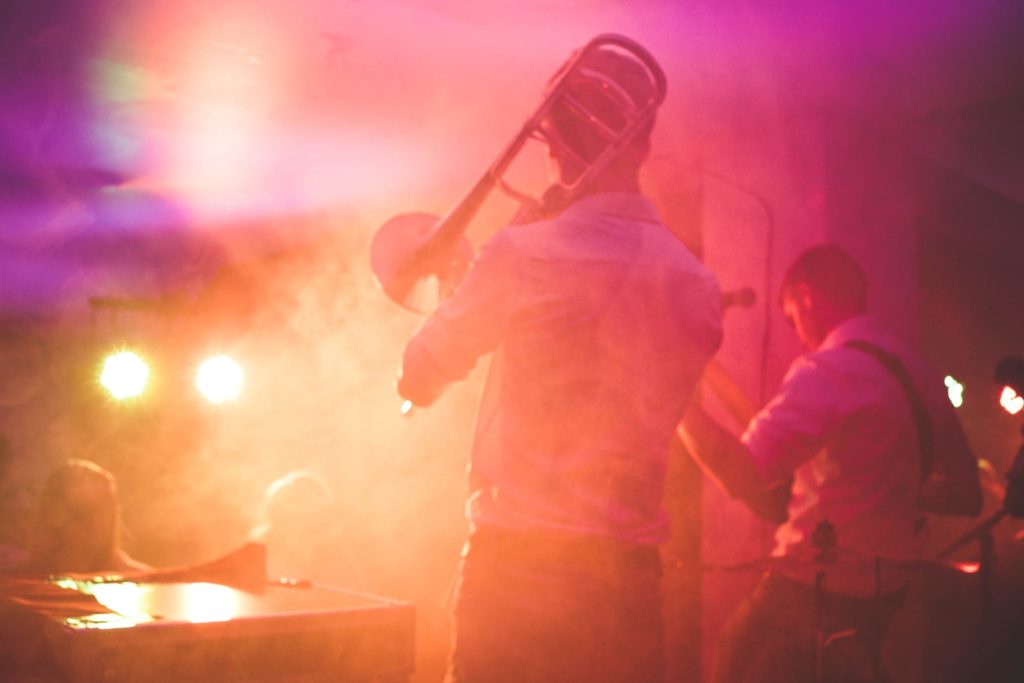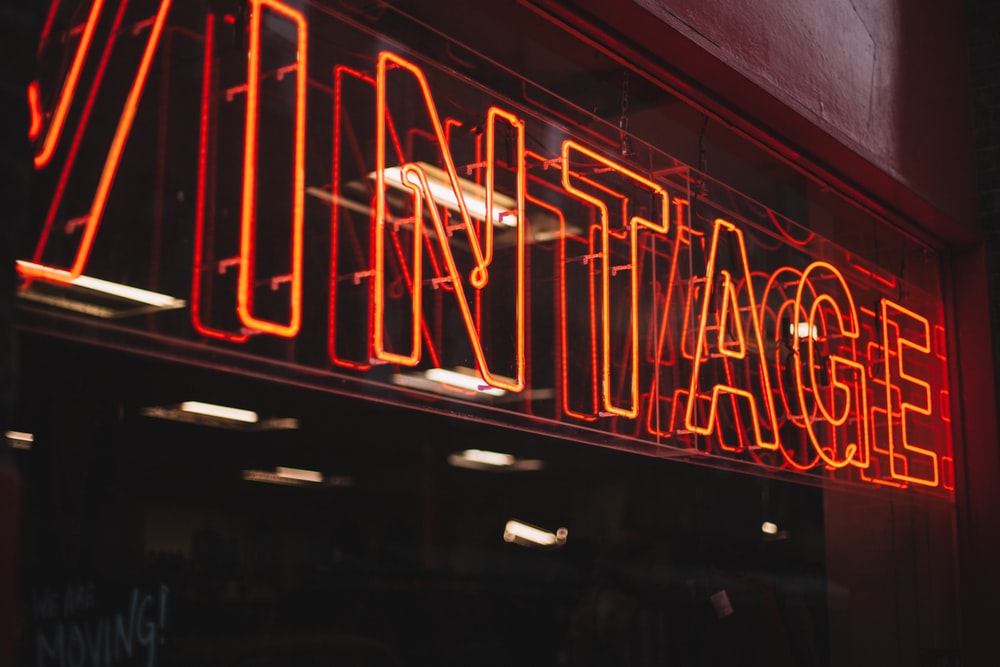A common cultural miscommunication that alienates Black people within our dance communities is the love of the past and time travel. I don’t mean Doctor Who time travel. What I mean is the the common idea that people who do these dances desire to go back in time. They say things like “I feel like I was born in the wrong time. We should go back to the Jazz Age”.
They idealize the dress and hairstyle that they think is associated with these dances. And yet amongst the fervor Black Americans find themselves isolated, uncomfortable and giving side eye.

Part of the issue is clearly a cultural one. White American culture loves to preserve things. They love to create time capsules of the past and dig deep to find more material that creates a better picture of the thing they love so they can preserve it. While in Black Culture the ideal is the exact opposite. You learn the foundations of the thing then you find your own style with in it. You take the original idea, dance, music and expand on it innovating and making it better as time goes on. But I’m a strong believer that part of this cultural difference comes from the fact that for Black Americans there is nothing in the past for us. The only thing you can do is continuously improve your own life and the lives of your children. The only thing that is in the past is more pain, more racism, and being treated as less than human. So, no, many of your Black counterparts are not going to be interested in being vintage or 1920s Dance or a sock hop.
After that you have to add any idea of that the version of history dancers currently use to create these themes, and their idea of vintage often does not include the Black experience, Black style, or Black bodies. For instance, this year I went to Lindy Focus and had a few different interesting experiences. The first was hearing through the grapevine that in the Lindy Hop community some judges will score you worse for not wearing vintage clothing. What does that have to do with your dancing? Additionally, it’s a bit of a socio-economic problem and gender issue. But even worse, what does that mean for a Black female body person. The clothing and hairstyles that are popular within the Lindy Hop Community are not meant generally for Black women.

That does not mean that there aren’t some women who can make it work but for most, it doesn’t. How can this be a community value when part of the community can’t even achieve the value? This extends to hair as much as it does for clothing. During the 1920s what was popular with Black hair is terrible for Black hair. Someone could still choose to use it and that makes them feel beautiful and that’s great, but for the rest of us that leaves us with no options to meet this community value.
And moment I had throughout the course of the week Focus was realizing that because my body type was different than most of the attendees it was next to impossible for me to find shoes even at the store. I was also looking for Spanx type shorts at the little store that they have, I bought a pair that were meant to be large. They were the largest size they had. I could pull them on but found myself extremely uncomfortable with the sizing. Again, they weren’t meant for me. They weren’t meant for my type of hips, they weren’t meant for my type of thighs. I found myself internally shamed for the way my body is shaped, and being very aware of the fact that even with the shop that everyone was so excited about, there was no way I could shop there. It’s the same shame I’ve heard about pass by hair clip shops at dance events and not being able to contribute to discussions about hair rollers end pin up curls or makeup.
The last thing I noted that made me uncomfortable about this cultural difference was the music. I’ve been trying to figure out how to word this for many months and I finally figured it out what my problem was with the band at Lindy Focus. The band itself was great, they were talented, musical, and clearly knew their stuff. The issue is they were a preservation band. They were focused on learning from sheet music and playing the styles exactly as they were played in the past. This is fine, but very contrary to what I was hoping for in terms of music. I desperately wanted to hear swing, but I was also hopeful for the innovative and exciting. I wanted to get to know the personal style of the members in the band, but because of their goals of playing just like Artie Shaw I found myself disconnected from the music majority of the time.

The point of this isn’t to bash Focus but more to point out an uncomfortable yet very common thing that occurs in the dance community. The blues community isn’t exempt from this either. Although I believe because the dances are older than Lindy Hop, generally people know no one wants to go back to that time. We talk about being inclusive but this is a pretty easy thing to fix. I prefer to avoid nights that I know have a historical theme to them or are trying to be vintage. I don’t own vintage things. They don’t fit me. Nor do I have any desire to go back in time to the Jazz era, or any point in blues history. For me and I suspect other Black people, it’s not a fun idea. Nor is it a fun theme. It just makes you more aware of your Blackness and how you don’t fit into this group of people.
I want to challenge event organizers to stop idealizing the past and stop allowing those values to be what dictates parts of your event. If what you’re looking for is a more diverse gathering of people you should really look into what makes all those people comfortable. Just having vintage clothes doesn’t mean you understand anything about the dance or the culture behind it. Honestly, in some ways it shows that you really don’t at all. I’m not saying don’t have fun and dress the way you want to dress but I am saying it shouldn’t feel like it’s mandatory to participate in the community for everyone to do so. Let’s find other things to like about these dances beyond them being old.
